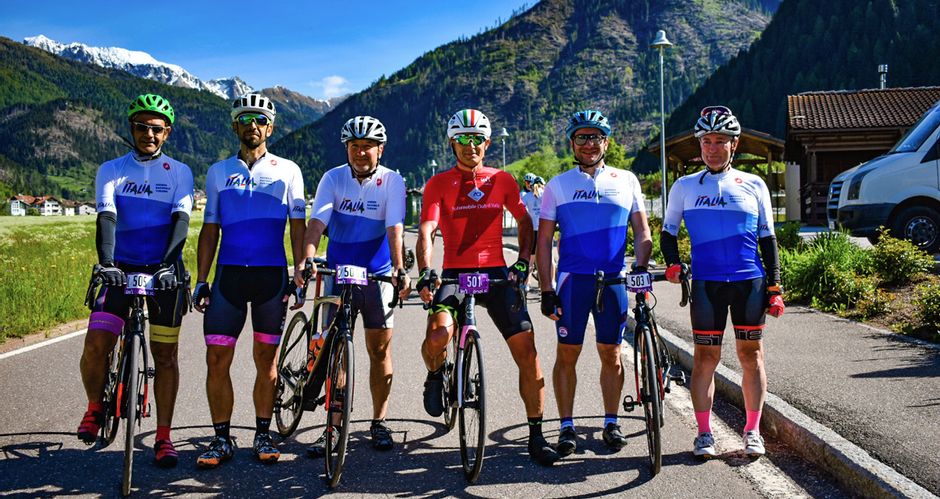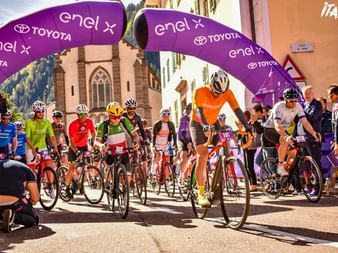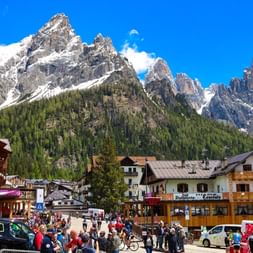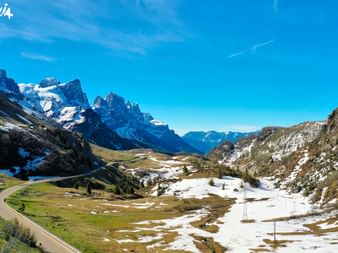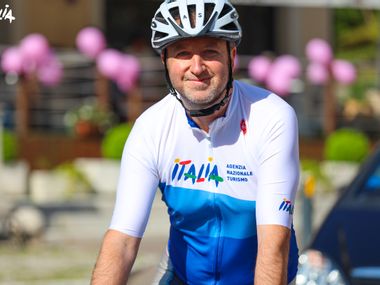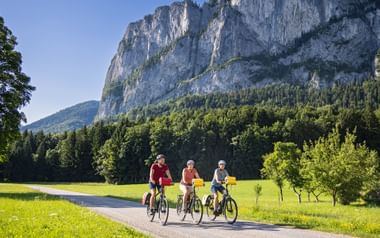It was in May 13, 1909 when 127 cyclists started in the middle of the night near Milan to cycle the race that over time would develop int the second most important in the world. The first Giro d’Italia took participants from Milan to Naples and back again in eight days. That is a daily average of 300 kilometres. That alone is an outstanding achievement. If you then take into account the fact that technology at the time was far away from that of today, the performance of these cyclists can almost be described as superhuman. The bikes were very heavy and also had no gear shift, so they had to pedal even going downhill.
The idea for this cycling race in Italy, based on the Tour de France, came from the most famous sports newspaper in the country, the Gazzetta dello Sport, and its editors. It was their intention to win more readers and to win against their French counterpart. The race has been exclusively for men since 1909, but since 1988 there has also been the Giro Donne, the women’s event, which takes place in July, two months after the men’s event. The first and unforgettable winner of the Giro was of course an Italian – Luigi Ganna. But the race has changed since his victory. The 21 stages, which extend over three weeks, are now a little shorter. The participants must cycle between 120 and 250 kilometres per day to reach the next stage. Until the 1960s the race started in Milan, at the headquarters of the Gazzetta dello Sport. Now the Giro also starts in other cities, or even countries, but mostly ends in Milan.
